What we thought was a fairly normal spiral galaxy not far from the Milky Way has revealed a hidden surprise.
At a distance of about 56 million light-years, NGC 4632 is surrounded by a massive ring of gas that wraps around the galaxy at a highly inclined angle to its galactic plane. Why haven't we seen it until now? It is invisible in most of the electromagnetic spectrum, appearing only when we look at the sky with radio telescopes.
This discovery could put NGC 4632 in the class of extremely rare galaxies known as polar ring galaxies - but it also suggests that these galaxies may not be as rare as we think. Rather, NGC 4632 could mean that we're just looking at them in the wrong light.
"The findings suggest that one to three per cent of nearby galaxies may have gaseous polar rings, a much higher proportion than optical telescopes suggest. Polar ring galaxies may be more common than previously thought," says astrophysicist Nathan Deg from Queens University in Canada.
"Although this is not the first time astronomers have observed polar ring galaxies, NGC 4632 is the first galaxy observed with ASKAP, and there may be more."
Polar ring galaxies are pretty much what they sound like: galaxies with a ring of material (dust, gas and stars) orbiting around or near the poles of the galaxy, i.e. perpendicular to the galactic plane.
They often look quite spectacular, their luminous rings tilted like the torus of a von Braun space station.
We don't know how they got that way, but there are currently two leading claims.
The first is that the material travelled through intergalactic space along the cosmic web and orbited a galaxy, forming part of it.
The second, more widely accepted explanation is that the ring is formed from material gravitationally siphoned from another galaxy approaching and interacting with the polar ring galaxy.
Interestingly, galaxies with polar rings tend to be lenticular and elliptical. They are fuzzy and structureless galaxies without the well-defined spiral arms seen in galaxies such as the Milky Way.
Optical observations have revealed that roughly 0.5 per cent of nearby lenticular galaxies have polar rings around them. But there is much more to the Universe than our limited human eye can see.
Still, Deg and an international team of astronomers did not expect a hidden polar ring around the spiral galaxy NGC 4632.
It appeared in data collected by the Wide-field ASKAP L-band Legacy All-Sky Blind Survey (WALLABY), conducted using the Australian Square Kilometre Array Pathfinder, a powerful radio telescope array located in the Western Australian desert. The aim of WALLABY is to map the gas distributions of hundreds of thousands of galaxies in the southern sky.
"NGC 4632 is one of two polar ring galaxies we detected among the 600 galaxies mapped in our first small WALLABY survey," says astronomer Bärbel Koribalski of the Commonwealth Scientific and Industrial Research Organisation (CSIRO) in Australia.
"We expect to uncover more than 200,000 hydrogen-rich galaxies using ASKAP in the coming years, including many more unusual galaxies such as these galaxies with polar rings."
NGC 4632 doesn't immediately tell us how galaxies with polar rings form their rings. But together with NGC 6156, the second polar ring spiral galaxy found by the team, it suggests that there may be a large population that we have yet to find.
It may also show that the formation mechanism of polar ring spiral galaxies is different from the previously described polar ring galaxies.
The team hopes that further observations will reveal more of these mysterious objects. This should reveal whether the type of ring - gaseous or star-filled - is linked to the structure of the host galaxy. It's like taking a closer look at NGC 4632 and NGC 6156.
"As better observations and more sophisticated models are obtained for both galaxies, it will be possible to constrain the parameters of the ring progenitor (if they were indeed formed through mergers or flybys)," the researchers write.
"Understanding whether these are due to interactions or gas accretion will provide constraints on galaxy formation and evolution."
Source: https://www.sciencealert.com/


 Nielawore
Nielawore
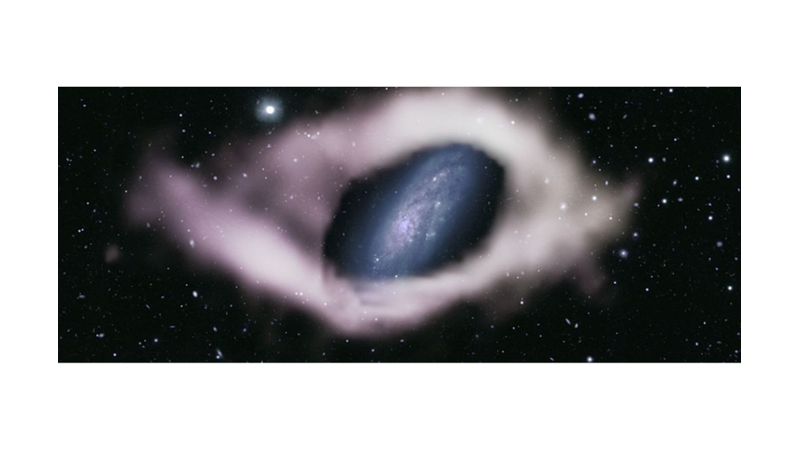
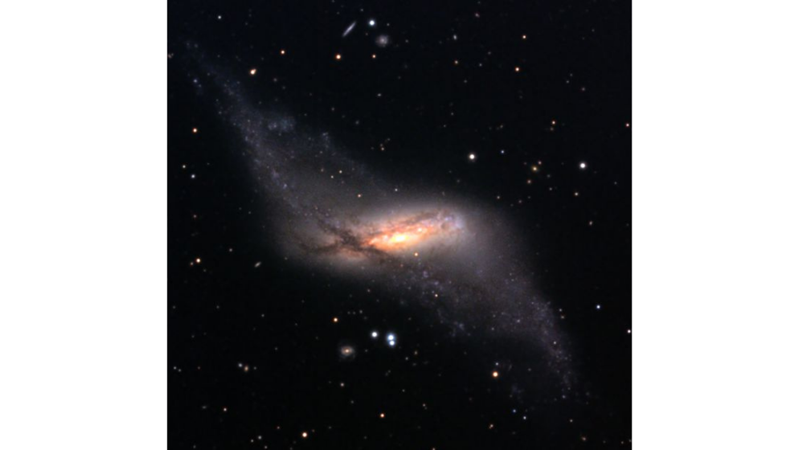
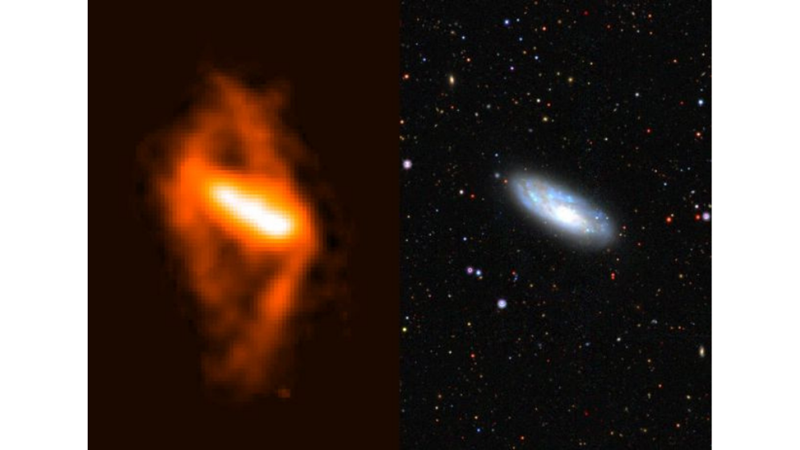
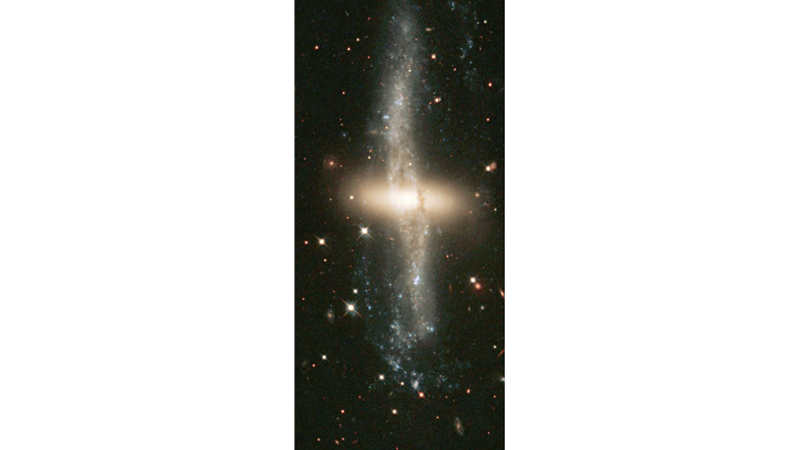

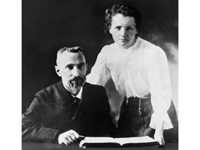
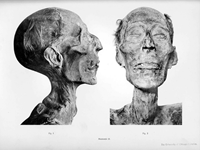





Yorum yazmak için lütfen giriş yapınız